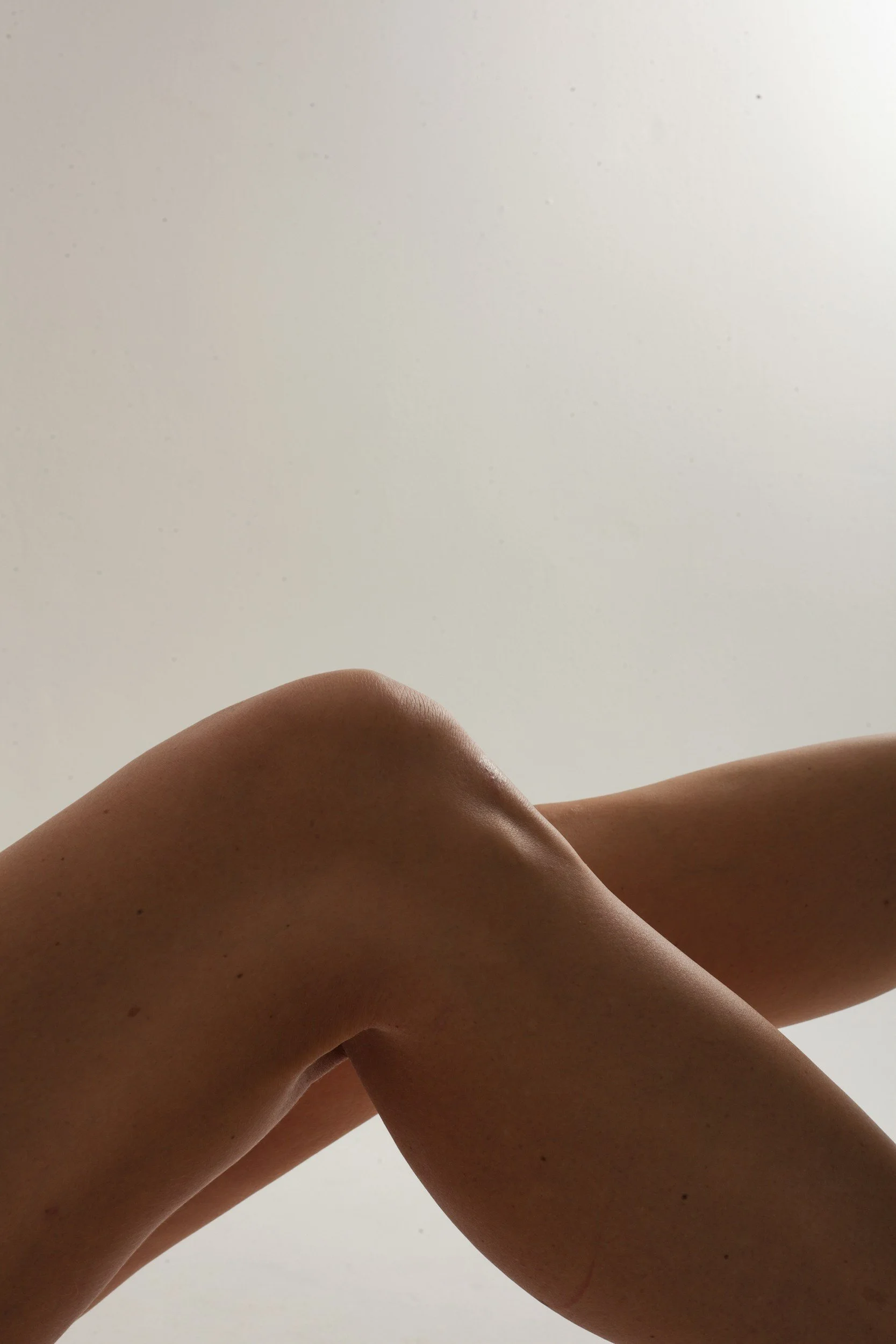Knee Pain: Unravelling the Causes and Finding Relief with Osteopathy
Knee pain is a prevalent issue that can affect people of all ages and activity levels. As one of the largest and most complex weight-bearing joints in the body, the knee is susceptible to a wide range of injuries and conditions. Whether it's a sharp twinge during exercise or a constant ache that limits your daily activities, understanding the source of your knee pain is the first step toward effective recovery.
Osteopathy offers a unique and holistic approach to knee pain. Rather than focusing solely on the knee itself, we look at the body as an integrated system to identify and address the underlying biomechanical causes of your discomfort.
Key Facts About Knee Pain
A Leading Cause of Disability: Knee pain is a major contributor to mobility limitations and disability worldwide, significantly impacting quality of life.
Not Just an Athlete's Problem: While common in sports, knee pain frequently arises from everyday activities, occupational demands, and age-related changes.
Often a Symptom, Not the Cause: Pain in the knee can often be the result of problems elsewhere in the body, such as the hips, ankles, or feet.
Common Causes of Knee Pain
The knee is a complex hinge joint involving bones, cartilage, ligaments, and tendons. Common sources of pain include:
Patellofemoral Pain Syndrome (Runner's Knee): Pain around or behind the kneecap, often caused by improper tracking of the kneecap, overuse, or muscle imbalances.
Osteoarthritis (OA): The gradual "wear and tear" of the protective cartilage in the knee joint, leading to pain, stiffness, and swelling. A result of severe arthritis is a total knee replacement.
Meniscal Tears: Damage to the C-shaped cartilage discs that act as shock absorbers in the knee, often from twisting injuries or degeneration.
Ligament Sprains & Tears: Injuries to the tough bands of tissue that stabilise the knee, such as the ACL (Anterior Cruciate Ligament) or MCL (Medial Collateral Ligament).
Iliotibial (IT) Band Syndrome: Pain on the outside of the knee caused by friction of the IT band—a thick band of fascia—rubbing over the bone, common in runners and cyclists.
Patellar Tendinopathy (Jumper's Knee): Pain and inflammation in the tendon connecting your kneecap to your shin bone, typically from overuse in jumping sports.
Biomechanical Imbalances: Issues such as flat feet, poor pelvic stability, or tight hip muscles can alter gait and place abnormal stress on the knee joint.
How Can Osteopathy Help with Knee Pain?
Osteopathic management of knee pain begins with a thorough assessment to diagnose the specific issue and identify contributing factors from the entire musculoskeletal system.
During your initial consultation, we will:
Take a detailed history to understand the nature of your pain, your activity levels, and any history of injury.
Perform a physical examination of your knee, assessing range of motion, stability, swelling, and tenderness.
Conduct a comprehensive biomechanical assessment of your posture, gait (how you walk), and the function of your feet, ankles, and hips.
This whole-body approach is crucial because a problem in your foot or hip can directly change the forces acting on your knee.
What Does Osteopathic Treatment Involve?
Using gentle, hands-on techniques, we aim to:
Reduce Pain and Inflammation: Soft tissue massage and gentle mobilisation can help decrease muscle tension and improve circulation around the knee.
Improve Joint Mobility: Articulation techniques can help restore normal, pain-free movement to the knee joint, as well as to the ankle and hip joints above and below.
Address the Root Cause: We treat the primary dysfunctions that are contributing to your knee pain. This may involve releasing tight hip flexors, improving mobility in stiff ankle joints, or correcting pelvic alignment.
Enhance Muscle Balance and Stability: We provide guidance on specific rehabilitation exercises to strengthen weakened muscles (like the glutes and quadriceps) and improve proprioception (your joint's sense of position), which is vital for knee stability and injury prevention.
Provide Personalised Advice: You will receive tailored advice on activity modification, footwear, and strategies to protect your knee during healing and daily activities.
When to Seek Immediate Medical Help
While many knee problems respond well to conservative care, it is vital to rule out serious conditions. Please consult your GP or seek urgent care if your knee pain is accompanied by any of the following:
An inability to bear weight on the leg.
A "popping" or "giving way" sensation at the time of injury.
Significant swelling, an obvious deformity, or a locked knee that you cannot straighten.
Signs of infection, such as fever, redness, and warmth around the joint.
Numbness, tingling, or coldness in the lower leg or foot.
Take the Next Step Towards Pain-Free Movement
Knee pain doesn't have to be a permanent limitation. Osteopathy provides a safe, effective, and drug-free approach to not only alleviating your pain but also addressing the underlying causes to support long-term joint health and function.
Click here to schedule an appointment with one of our experienced osteopaths. Let us help you get back to moving with confidence and comfort.
References
Australian Institute of Health and Welfare (AIHW). (2020). Osteoarthritis. [Link: https://www.aihw.gov.au/reports/chronic-musculoskeletal-conditions/osteoarthritis]
*Brukner, P., & Khan, K. (2017). Clinical Sports Medicine (5th ed.). McGraw-Hill Education. (Chapters on knee pain).*
*Crossley, K. M., et al. (2016). 2016 Patellofemoral pain consensus statement from the 4th International Patellofemoral Pain Research Retreat, Manchester. Part 1: Terminology, definitions, clinical examination, natural history, patellofemoral osteoarthritis and patient-reported outcome measures. British Journal of Sports Medicine, 50(14), 839-843. [Link: https://bjsm.bmj.com/content/50/14/839]*
Disclaimer: This blog post provides general information only and is not intended as a substitute for professional health advice, diagnosis, or treatment. Always consult a registered health practitioner, such as your General Practitioner (GP) or osteopath, for diagnosis and treatment of health conditions. The information provided is based on the best available evidence at the time of publication but should not be relied upon as a sole source of information. Individual results from osteopathic treatment may vary based on the individual’s specific condition and response to care.

